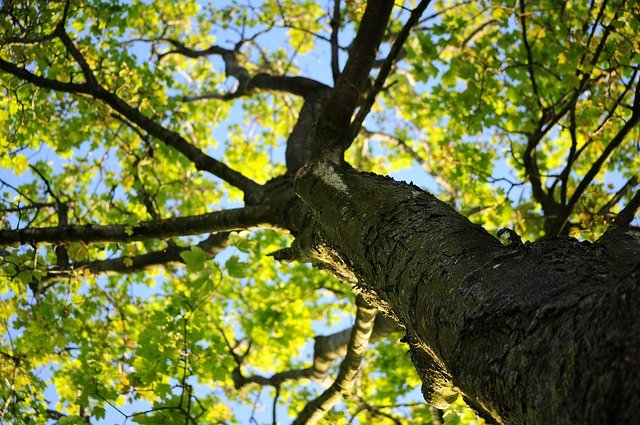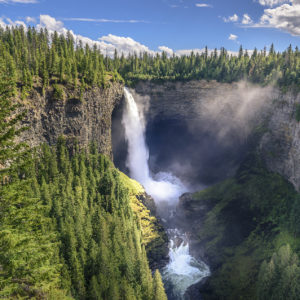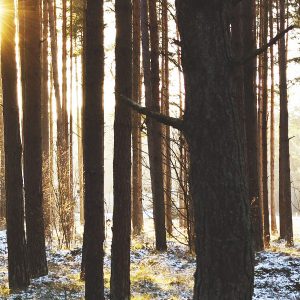Quarantine Cabin Fever? How Getting Into Nature Can Help
It’s never been more important to get out of our heads and into nature. Physical distancing and self-isolation have been recommended by public health officials in order to reduce the spread of COVID-19, but while your options for getting outside may not be as plentiful as usual, you shouldn’t feel restricted to your home.
As our Executive Director, Graham, shared in his letter this week, nature can help us cope with the weeks and months ahead. His message is backed by a growing body of research that links time spent outdoors with positive mental health outcomes. These benefits are more important today than ever before.
Nature and mental health
There’s good news for parents whose children are home across the country: kids have much to gain from exposure to greenspace. From a local park to forests to nearby nature in your backyard, getting outdoors during childhood can have long-lasting impacts on kids. One study found that adolescents who lack exposure to nearby green space were up to 55 percent more likely to develop depression and anxiety in later years.
The flipside of this are the many mental health benefits for families who do get out into nature. Ontario Parks compiled this list of all the ways in which Vitamin “Nature” boosts moods, reduces anxiety and insomnia, and can help us cope and grieve. A 90-minute walk in a natural environment can reduce repetitive thoughts around negative topics—overthinking around a global pandemic, for example.
The art and science of forest bathing
You’re lucky if you live near a rural forested area or urban ravine. Doctors in Japan have long-prescribed a therapy called forest bathing, and the idea is gaining traction in countries like the United Kingdom and the US. Contrary to its name, forest bathing involves no water (though seriously, wash your hands!).
Forest bathing is the act of being among nature and taking in the sights and sounds of your surroundings. Imagine: meditation, but among the trees. Close the news apps and leave your phone at home. Breathe deeply. Familiarize yourself with the new smells of spring, observe the ready-to-bud trees.
Forest bathing isn’t strenuous, and can be enjoyed by people regardless of their age and fitness level. Research backs up the health benefits. One study found a decrease in depression, fatigue, anxiety, and confusion after participants spent 80 minutes strolling through a forest park. Other research documents that forest bathing can lead to lower pulse rates, blood pressure, and concentrations of cortisol, which is commonly regarded as our stress hormone.
Canada is the ideal spot to practice forest bathing. Our country is home to an estimated 10 hectares of forest per person (that’s about 14 soccer fields each) which is more than 17 times the world average. Here’s a helpful article to guide you through your first forest bathing experience, but remember to follow current social isolation guidelines carefully.
Bring the benefits of nature indoors
We understand that not everyone is able or comfortable to go outdoors during this time. Fortunately, even viewing a picture of nature can be good for our mental health. A mere five minutes spent looking at greenspace can provide benefits such as improved mood and increased self-esteem. So change your phone screensaver to your favourite Canadian park and let’s get through this together!
Looking for more ideas of what to do as a family in the weeks ahead? Search no more—check out our 10 Ideas for Physical Distancing through Nature article!
Editor’s note: This blog post was updated on Monday, March 30 to reflect the shift in language from “social distancing” to “physical distancing.”
Nature Canada thanks the frontline medical workers for their efforts during this time. We follow the advice of the World Health Organization and Health Canada. Please visit these two websites for the latest information on how to protect you and your family from COVID-19.
Nature is also important to our health and well-being and we hope you’ll consider supporting our efforts to save nature. Thank you for caring!
Yours in nature, the Nature Canada team.













